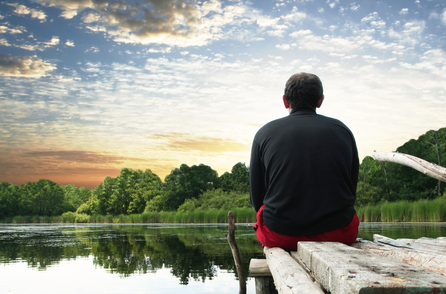 Informationen über die nächsten geplanten Pressemappen finden Sie im Journalisten-Assistent!
Informationen über die nächsten geplanten Pressemappen finden Sie im Journalisten-Assistent!
 Informationen über die nächsten geplanten Pressemappen finden Sie im Journalisten-Assistent!
Informationen über die nächsten geplanten Pressemappen finden Sie im Journalisten-Assistent!

O-TON.AT macht Presseaussendungen interaktiv und gibt JournalistInnen die Möglichkeit optimierte Inhalte für ihr Medium und ihre Zielgruppe zu bekommen.
O-TON.AT holt die Antworten auf Ihre Interviewfragen.
Gleichzeitig profitieren AussenderInnen von einer breiteren Veröffentlichung, da inhaltliche Streuungsverluste durch die gezielte Ansprache unterschiedlicher Zielgruppen kompensiert werden.
VORTEILE FÜR MEDIEN
1. Wir liefern Ihnen kostenlose, multimediale Inhalte, die Sie in Ihr Medium integrieren können.
2. Sie haben die Möglichkeit uns vorab Fragen für die von uns besuchten Veranstaltungen zu schicken, die wir stellvertretend für Sie stellen. So bekommen Sie garantiert die Inhalte, die Sie für Ihr Medium benötigen.
3. Auf Wunsch können Sie mit O-TON.AT eine Exklusivvereinbarung treffen, damit die von Ihnen eingereichten Fragen auch nur auf Ihrem Medium erscheinen.
VORTEILE FÜR AUSSENDERINNEN
1. Wir analysieren Ihr Thema kostenlos auf seine Veröffentlichungswahrscheinlichkeit.
2. Wir geben Ihnen eine Geld-Zurück-Garantie auf die Reichweite, die wir Ihnen versprechen.
3. Wir machen aus Ihrer Presseaussendung einen tatsächlichen Mehrwert für JournalistInnen.
4. Wir machen Ihre Presseaussendung multimedial.
5. Wir objektivieren den Erfolg Ihrer Aussendung.
UNSERE KONTAKTDATEN

Speisinger Straße 21/1
A-1130 Wien
office [AT] o-ton.at
+43 699 1 3 977 377